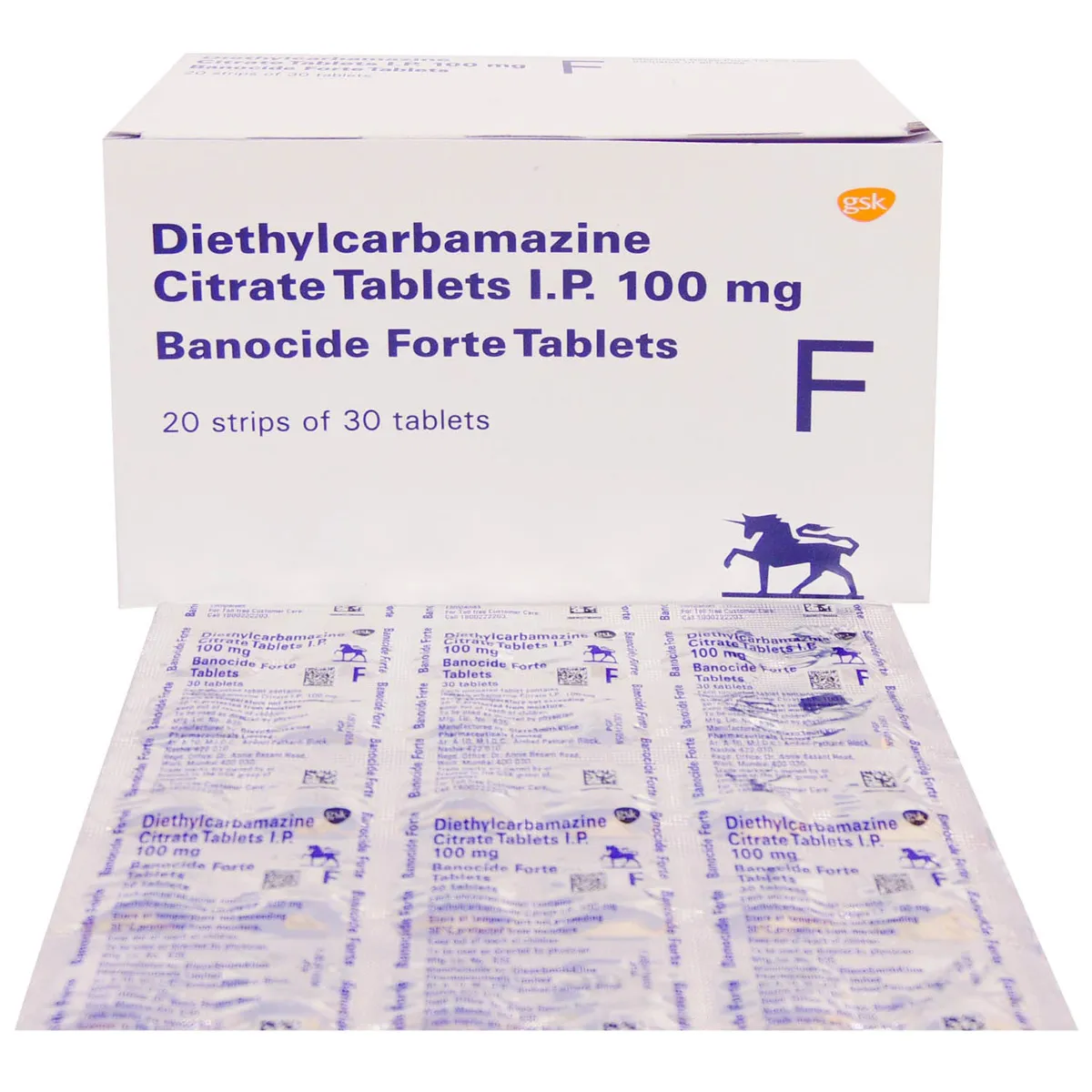The liver, a vital organ responsible for numerous metabolic functions, is prone to various ailments, and fatty liver disease is becoming increasingly prevalent. Fatty liver occurs when fat accumulates in liver cells, potentially leading to inflammation and damage. Adopting proactive measures is essential for maintaining liver health. Here are ten proven strategies to tackle fatty liver and promote overall liver well-being.
1. Balanced Diet: Nourishing Your Liver
Ensuring a well-balanced diet is foundational for liver health. Incorporate a variety of nutrient-rich foods such as fruits, vegetables, lean proteins, and whole grains. Limit the intake of processed foods, sugars, and saturated fats, which can contribute to fatty liver disease.
2. Regular Exercise: A Boost for Liver Function
Engage in regular physical activity to support liver function and explore effective Fatty Liver Disease Treatments. Exercise plays a pivotal role in controlling weight, reducing insulin resistance, and decreasing fat buildup in the liver. Aim for at least 150 minutes of moderate-intensity exercise per week for optimal liver health. This proactive approach not only contributes to overall well-being but also aligns with strategies to address and manage fatty liver disease.
3. Maintain a Healthy Weight: Shedding Excess Pounds
Being overweight is a significant risk factor for fatty liver disease. Achieving and maintaining a healthy weight reduces the accumulation of fat in the liver. Adopting a combination of a balanced diet and regular exercise is key to shedding excess pounds.
4. Watch Sugar Intake: Limit Added Sugars
Excessive sugar intake, particularly in the form of fructose, can contribute to liver fat accumulation. Be mindful of added sugars in processed foods and sugary beverages. Opt for natural sources of sweetness, like fruits, and moderate your overall sugar consumption.
5. Stay Hydrated: Water for Liver Health
Adequate hydration supports liver function by aiding in the elimination of toxins. Make water your beverage of choice, and limit the intake of sugary and caffeinated drinks. Proper hydration contributes to overall well-being and helps maintain a healthy liver.
6. Healthy Fats: Opt for Unsaturated Fats
Not all fats are created equal. Choose unsaturated fats found in avocados, nuts, and olive oil over saturated and trans fats. Incorporating healthy fats into your diet helps manage cholesterol levels and supports liver health.
7. Moderate Alcohol Consumption: Liver-Friendly Choices
Excessive alcohol consumption is a leading cause of liver damage, including fatty liver disease. If you choose to drink, do so in moderation. For women, this generally means up to one drink per day, and for men, up to two drinks per day.
8. Control Cholesterol Levels: Heart and Liver Health
Elevated cholesterol levels can contribute to fatty liver disease. Maintain healthy cholesterol levels through a balanced diet, regular exercise, and, if necessary, medication as prescribed by a healthcare professional.
9. Manage Medical Conditions: Addressing Underlying Issues
Certain medical conditions, such as diabetes and hypertension, are associated with an increased risk of fatty liver disease. Effectively managing these conditions through medication, lifestyle modifications, and regular medical check-ups supports liver health.
10. Regular Health Check-ups: Monitoring Liver Function
Regular health check-ups, including liver function tests, help monitor the liver’s well-being. Early detection of liver issues allows for timely intervention and prevents the progression of fatty liver disease.
Conclusion: Empowering Your Liver Health Journey
Taking proactive steps to tackle fatty liver involves a holistic approach encompassing lifestyle modifications, dietary choices, and regular health monitoring. By incorporating these proven strategies into your daily life, you empower your liver health journey and contribute to the overall well-being of this vital organ. Consult with a healthcare professional for personalized guidance and to address specific health concerns related to your liver.
FAQs – Tackling Fatty Liver: 10 Proven Strategies for a Healthy Liver
- Q: Can fatty liver be reversed with lifestyle changes?
- A: Yes, adopting a healthy lifestyle, including a balanced diet, regular exercise, and weight management, can often reverse fatty liver disease, especially in its early stages.
- Q: What role does exercise play in liver health?
- A: Regular exercise supports liver function by aiding in weight control, reducing fat accumulation, and improving insulin sensitivity, crucial for preventing and managing fatty liver disease.
- Q: Are all fats bad for the liver?
- A: No, healthy fats, such as those found in avocados, nuts, and olive oil, are beneficial for liver health. It’s saturated and trans fats that should be limited to promote a healthy liver.
- Q: How does hydration impact liver health?
- A: Staying hydrated helps the liver eliminate toxins and supports overall liver function. Water is the best choice for hydration, promoting optimal liver well-being.
- Q: Can medication help manage fatty liver disease?
- A: While lifestyle changes are primary, medication may be prescribed to manage underlying conditions contributing to fatty liver, such as diabetes or high cholesterol.
- Q: Is moderate alcohol consumption safe for liver health?
- A: Moderate alcohol consumption, defined as up to one drink per day for women and up to two drinks per day for men, is generally considered safe. Excessive alcohol intake, however, can harm the liver.
- Q: How often should liver function be monitored?
- A: Regular health check-ups, including liver function tests, are advisable, especially if you have risk factors for fatty liver disease. Frequency may vary based on individual health conditions.









